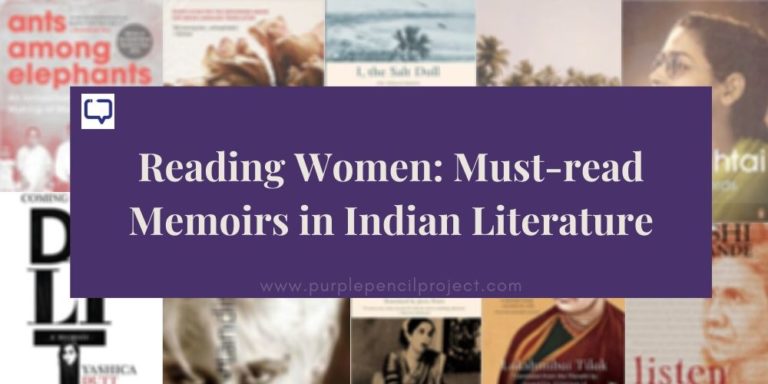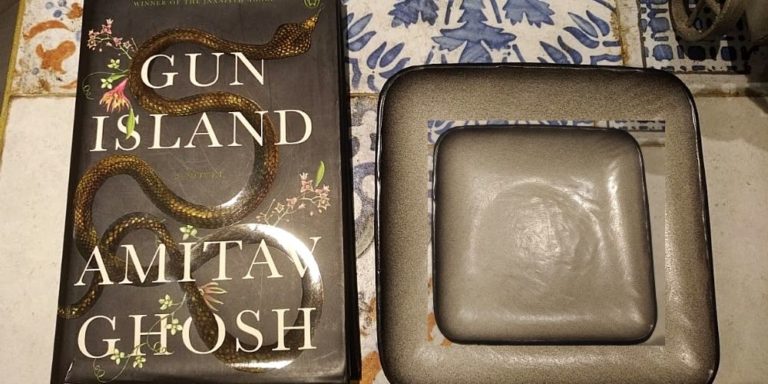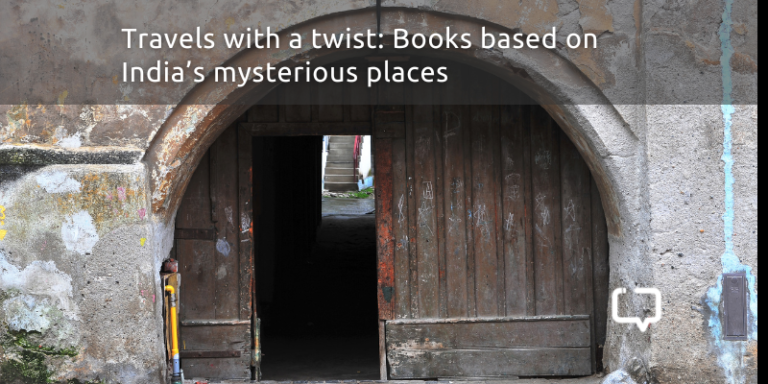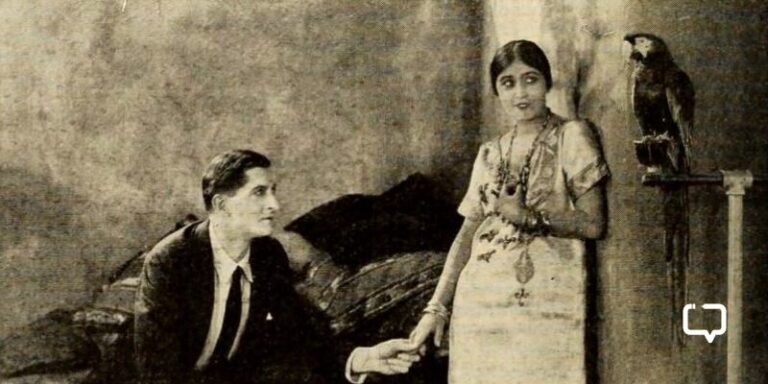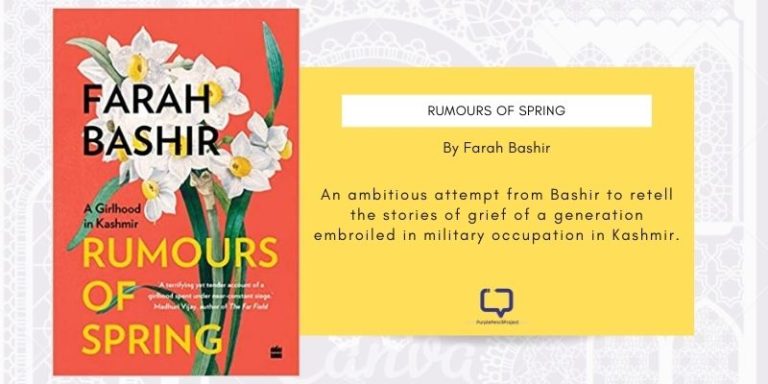Kayva Gokhale the junior sub-editor at the iconinc Amar Chitra Katha, is going to be at the Bookaroo Children’s Festival 2022 to be held in Vadodara from 19th to 20th November 2022. Her sessions include one on scripting for comics and another on fantastic folktales. Excerpts from an interview with the creator.
Let’s talk a bit about your journey to becoming a Content Creator for comics and Amar Chitra Katha.
Kayva Gokhale: Ever since before I could read, I’ve been fascinated by the world of Indian mythology. I remember my grandparents telling me stories from the Mahabharata and the Ramayana when I was very little and so, it feels like I’ve always known these tales. Naturally, Amar Chitra Katha has also been a big part of that. My parents had quite a few ACK Comics at home and the idea of mythology and history in comic format has always been super interesting to me. Being a bookworm while growing up, it was a no-brainer for me to study Literary and Cultural Studies at college. As part of my programme, I got to engage with history and ancient texts on a more complex level and I was convinced that this is the field that held the most appeal for me. After graduating, I was fortunate enough to get an internship writing content at ACK, and after a few months, I interviewed to officially become part of the team. I’ve been working as a Junior Sub-Editor for a year now, and it’s been such a fulfilling experience getting to write about the stories that had such a hold over me in my own childhood!
Having been a keen reader since childhood, please share your favourite reads; childhood stories that have stayed with you over the years or perhaps stories that have inspired you even today
Kayva Gokhale: When I was little, a lot of my reading list was fantasy. Harry Potter was, and still is, one of the biggest obsessions of my life. The idea that such a magical (both literally and figuratively) world could be built only through one person’s imagination, blew my mind. Harry Potter was what made me appreciate the power of storytelling and made me want to tell stories of my own. I was also equally obsessed with mysteries, thrillers and horror – genres I love even today! So, Nancy Drew, the Goosebumps and Fear Street series and all the Agatha Christie mysteries were also always on my bookshelf. Apart from that, I would also read a lot of Enid Blyton – Malory Towers and St Clare’s and Famous Five were my all-time favourites.
Can you share a bit about your process of creating Content for Amar Chitra Katha for children? Does it involve research, some prepping? There is such a vast oeuvre of mythology, retellings, perspectives we have – are these questions discussed?
Kayva Gokhale: What I love the most about writing for ACK is the variety it offers. The process differs quite a bit depending on the type of book we’re working on. For historical stories or biographies, there is quite a bit of research involved. One needs to look for authentic sources like academic papers or books as well as reference photographs, and archival material, to paint the most accurate picture possible. On the other hand, for lighter titles, like the recent folktale collections we’re doing, there is more freedom to exercise your imagination. We get the folktales from authentic sources, but then we can be as creative as we want with the art and scripting – making it as engaging and humorous as possible.
For Puranic myths, the process is even more different. We look at various sources within our ancient texts and some trusted sources (like the Puranic Encyclopaedia), to find the various versions of a story. Based on that, we choose the stories that are most relevant to today’s times. We try to be as inclusive as possible, and to represent as many communities as we can in our work. For example, we recently came out with a title called Rama’s Ring, which was a collection of alternative tellings of popular myths from all over India.
Given the rise in the role of technology in our day-to-day lives, do you think it distracts us from books and reading? Or is it the challenge of creators to adapt to that?
Kayva Gokhale: Electronic devices, especially because of social media, are definitely a distraction for children today. They offer instant entertainment, which doesn’t require the child to invest too much energy or effort. When compared to those modes of easy entertainment, reading books can seem like a time consuming, boring process. Because of this, I think parents and teachers need to make a conscious effort to get children interested in reading from a very young age and encourage them to find what they like to read and keep trying new books. That being said, technology also offers an opportunity for creators to reach out to children. The availability of e-books on phones, tablets and kindles, makes reading accessible anywhere, at a more affordable price, which is something that creators can capitalise on. For instance, we launched the ACK Comics app a few years ago, which allows our readers to access our entire content library on their phones. When I was a kid, there was no way I could have read all the 500+ ACK comics, but today, that’s possible!
What other Indian children’s storytelling inspires you? What more do you think needs to be done in the space?
Kayva Gokhale: I’ve just recently entered the field of children’s literature, so I’ll confess I’m not very up-to-date on the kind of books that are being published today. But from whatever little I’ve come across, I’m pleasantly surprised to see children’s books that deal with tough topics like mental health, discrimination, insecurities, bullying, etc. Most of these have wonderful illustrations and very simple stories that make heavy topics seem very accessible to kids, which is great! They can be such a useful tool for parents and teachers to broach such conversations with kids and make them more mindful of their own well-being.
As to what needs to be done in the space, again, I’m not the best person to answer this, but personally, as a lover of fantasy, I would love to see fantasy series set in India, that borrow from elements in Indian culture. Think Eragon, but sets in the Himalayas maybe! 😛












